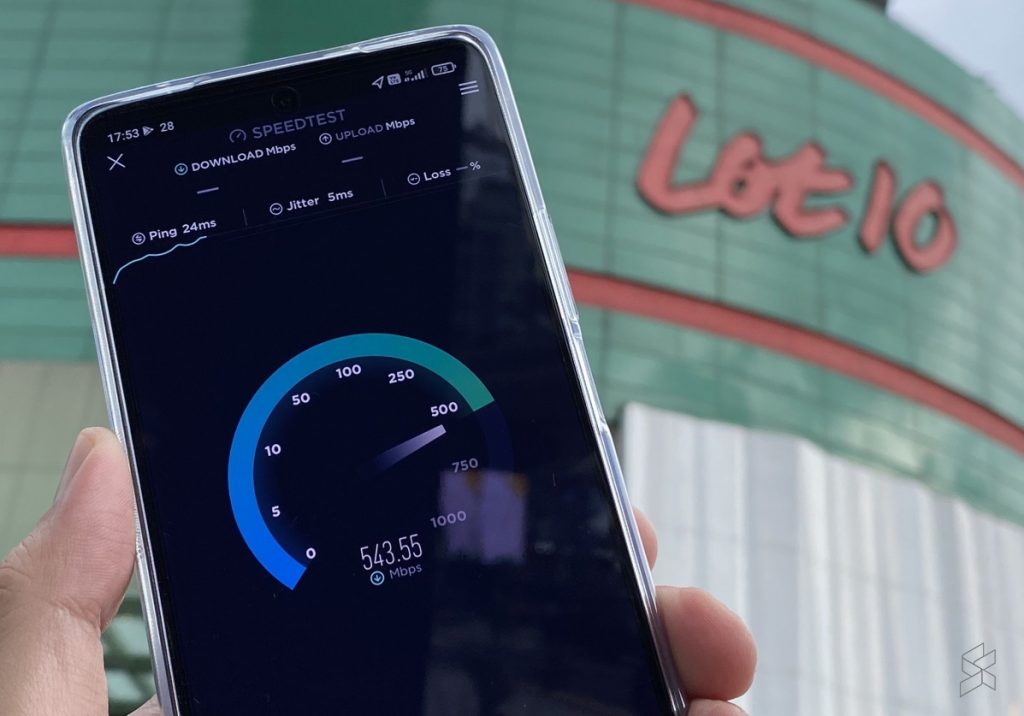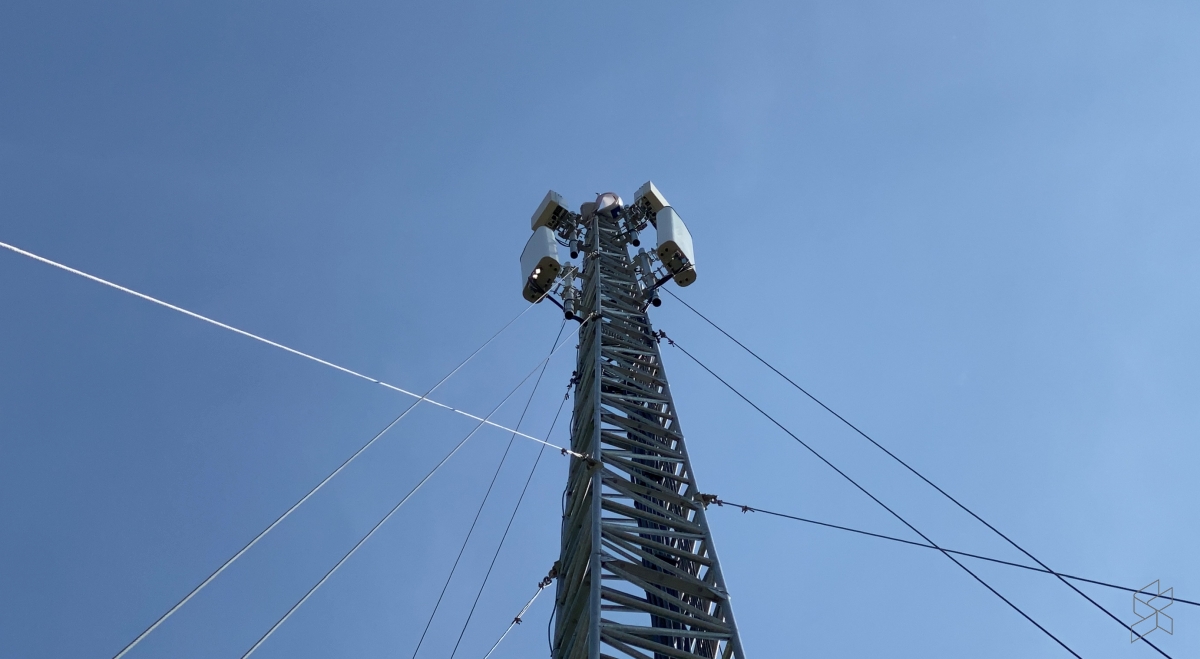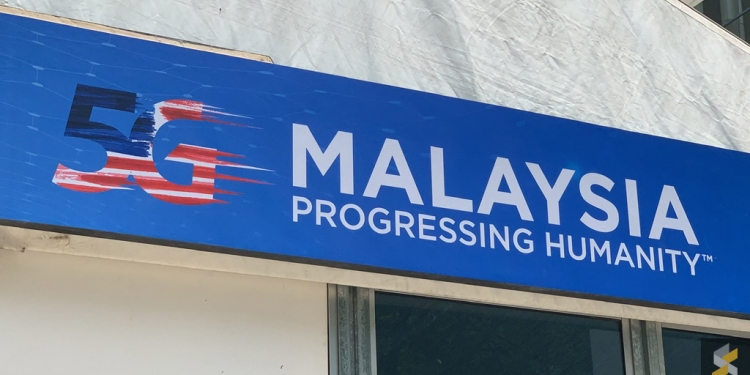GSMA, the organisation which represents mobile network operators worldwide, has issued a response to questions raised by Bangi MP Ong Kian Ming to telcos about Malaysia’s 5G rollout. This comes after the big four telcos – Celcom, Digi, Maxis, and U Mobile jointly issued a statement about proposing a Dual Wholesale network (DWN), where there will be another 5G network competing with Digital Nasional Berhad.
MCMC should share Regulatory Impact Assessment of SWN
Referring to its commissioned DT Economics report published in August 2021, countries that adopted the Single Wholesale Network (SWN) model have a poor track record of successful implementation. Out of over 70 countries that have launched 5G, none have adopted the 5G SWN model. While DNB has repeatedly emphasised that the SWN model would reduce cost for consumers, GSMA said it would be beneficial for all stakeholders to have access to MCMC’s Regulatory Impact Assessment (RIA) outlining the cost and benefits of implementing an SWN in Malaysia.
When deciding which is the best approach to facilitate telco investments, GSMA said one needs to trade off the overall efficiency of the chosen approach against other relevant policy considerations. It added that achieving economic efficiency is a fundamental objective of competition and regulatory policy because it enhances overall consumer welfare. The main components to efficiency for 5G include productive efficiency (ensuring 5G services are provided at the lowest possible cost), allocative efficiency (ensuring customers have access to those services they value the most), and dynamic efficiency (ensuring firms continue to invest and innovate and provide mobile services to respond to changing needs of consumers).
No guarantee consumers will pay less for 5G with SWN

SWN has the potential to provide efficiency gains as building a single 5G network can reduce costs of network duplication. Since the infrastructure is shared, all telcos can share the same infrastructure which will bring costs further down compared to building two or more 5G networks. However, GSMA said creating SWN at the expense of the current competitive wholesale market structure is not a guarantee that consumers will pay a lower price for their 5G services at the retail level.
It gave an example that DNB is likely to lack some of the economies of scope enjoyed by the current telcos which might lead to higher unit costs. This is because DNB will only be providing 5G services while current telcos will still continue to provide services based on 4G, which the majority of mobile users are dependent on.
In addition, the current telcos have built and upgraded their networks with the expectation that they will utilise them to provide 5G services at the wholesale level. With SWN, this is no longer possible and telcos are now faced with reduced economies of scale and scope. As a result, they are left with stranded assets that would no longer be able to earn an economic return leading to significant economic inefficiencies at the detriment of consumers.
GSMA also highlighted that DNB’s cost estimates to deploy 5G have been increasing over time. It added in the absence of competitive pressure on network deployment, it is unclear how the Government and the MCMC will ensure that DNB has incurred an ‘efficient’ level of costs to deploy a national 5G network.
DNB lacks direct access to end-users
One of the drawbacks of having a national wholesale-only 5G provider such as DNB is that decisions on investments are made without having the benefit of direct access to consumers. GSMA believes in order to maximise allocative efficiency, DNB needs to work closely with telcos to better understand the needs of users and reflect them in their products and services. It also said even with the best regulatory framework, nothing can replace the benefits which come from cultivating a direct customer relationship. Citing the failed SWN example, GSMA said Red Compartida in Mexico failed as a wholesale-only 4G network as they didn’t have the ability to provide 2G and 3G services, which consumers valued the most.
Potentially reduced innovation if telcos are just MVNOs
One of the strong arguments of DNB being an SWN is that telcos won’t have to worry about making heavy investments to build the 5G network and they can instead focus on offering innovative services on the retail level. On the contrary, GSMA argues that this would reduce opportunities for telcos to create innovative products as their roles are reduced to just 5G Mobile Virtual Network Operators (MVNOs).
It believes there’s a potentially adverse impact on innovation from the delinking of network ownership from service delivery. GSMA said for 5G-enabled applications to be successful, close coordination is required between the 5G network and new 5G devices. Without vertically integrated MNOs, this ability to coordinate is reduced and may lead to delays in the launch of new services and a reduction in the level of service innovation.
SWN isn’t the only option to bridge digital device between urban and rural areas

DNB has repeatedly emphasised that it will address the digital gap between urban and rural better than the private telcos as it is using a cost-recovery model and a supply-led approach to deploy 5G. This will avoid the scenario of operators covering only urban areas which are more economically viable to serve compared to rural towns or villages that are less populated.
GSMA said there are significant risks with the current proposal and it isn’t clear how DNB will be funded and financed. It understands that the requisite funding for the network in the form of an anchor tenant is yet to be secured. At the time of writing, none of the big four telcos have officially expressed interest to sign up with DNB for 5G wholesale services. Only YTL Communications’ Yes 5G and Telekom Malaysia’s Unifi Mobile have agreed to participate in the user trial with free unlimited access to 5G with DNB.
The lack of funding details may pose a risk to DNB as they may be unable to invest in the future, especially in rural areas where demand for 5G is lower and the cost of deployment is higher. The delinking of the provision of 4G and 5G will also likely reduce the economies of scale and scope available to all telcos in the market which will lead to higher prices to consumers.
GSMA has highlighted several approaches to address the digital divide while retaining a competitive wholesale market structure. One such approach is to have a shared rural network similar to the one practised in the United Kingdom. Besides allowing four telcos (Vodafone, EE, Virgin Media/O2 and Three) to deploy 5G, the UK government has launched three initiatives to boost connectivity in rural areas such as the Rural Connected Communities, Emergency Services Network and Shared Rural Network (SRN). The SRN initiative helps to bring 4G to ‘market failure’ locations with joint funding by both telcos and the government at GBP 500 mil each).
On top of that, the regulator could set a rural network coverage condition with a rollout target within a specific time to telcos that have been assigned a 5G spectrum.
In Malaysia, it is worth highlighting that the MCMC has a Universal Service Provision (USP) Fund that is contributed by telcos in Malaysia. The USP funds are meant to be used to bridge the digital divide by funding communications infrastructure projects in underserved areas that are not financially viable. In 2020 alone, telcos have collectively contributed RM1.53 billion, and the fund stood at RM10 billion based on the last report.
Telcos may build 5G network faster and provide better services with DWN
According to GSMA, the concern with DNB is that a competitive wholesale mobile structure would be replaced by a monopoly which by its nature is likely to have reduced incentives to invest, innovate, provide choice, and value for money. With a DWN, it is believed that the model would provide additional competition and is likely to incentivise the wholesale network providers to build the network faster and provide a better network and service.
However, it added there are potential pros and cons with a DWN and it would require a Regulatory Impact Analysis by MCMC to access the cost-benefit from such as a proposal. GSMA said an alternative option is to allow the current telcos in Malaysia to build their own 5G networks. It cited an example in Singapore where 5G Standalone (SA) is being deployed in Singapore as part of the 2.1GHz spectrum auction.
In Singapore, both Singtel and M1-StarHub consortium are said to be on track to establish two nationwide networks with full-fledged 5G SA capabilities with 50% coverage by the end of 2022 and nationwide coverage by end of 2025. The third operator, TPG, will be required to deploy 5G in the same manner and timeframe as Singtel and M1-StarHub Consortium’s deployment conditions.
At the moment, individual telcos in Malaysia are not permitted to deploy their own 5G network. The MCMC has removed technology neutrality for existing spectrum in July 2021, which prevents telcos from using any of their current spectrum to deploy 5G. In Parliament last year, Communications and Multimedia Minister Tan Sri Annuar Musa said technically telcos can use their current assigned spectrum for 5G deployment but they are not permitted as it will affect the single whoelsale model by DNB.
Saya akan menjemput beberapa orang MP termasuk MP pembangkang utk satu pusingan lagi siri “engagement” berhubung roll out 5G dan model SWN/DWN.
— Annuar Musa (@AnnuarMusa) February 19, 2022
Walaupun telah ada beberapa taklimat dan engagement,saya rasa perlu di teruskan sebelum kabinet membuat pertimbangan terakhir bulan Mac pic.twitter.com/Sy1siuaHOa
The government is currently reconsidering the SWN model for 5G deployment in Malaysia. The Minister shared there will be more engagement sessions about the SWN vs DWN model and a final decision is expected to be made next month.
In a written response to the Bangi MP, DNB CEO Ralph Marshal warned there will be enormous implications should the Government decide on having a Dual Wholesale Network. He added DNB will highly unlikely to survive in its current form if there’s another wholesale network. He said if DNB fails, the second wholesale provider will then become a private SWN monopoly.
[ SOURCE ]
Related reading
- DAP MP asks MCMC if proposed Dual Wholesale Network for 5G would see private telcos focusing in cities while DNB is left with rural areas
- 5G Malaysia: Celcom, Digi, Maxis and U Mobile want to form a new consortium to deploy 5G
- Due to 5G delays, Malaysia’s average mobile speed now lags behind Thailand, Indonesia and the Philippines
- Why Samsung and iPhone devices can’t connect to 5G in Malaysia? Here’s DNB’s response
- TM has no actual date for consumer 5G trials, removes February target for Unifi Mobile
- Malaysia’s 5G network first impressions: It still requires a lot of work








